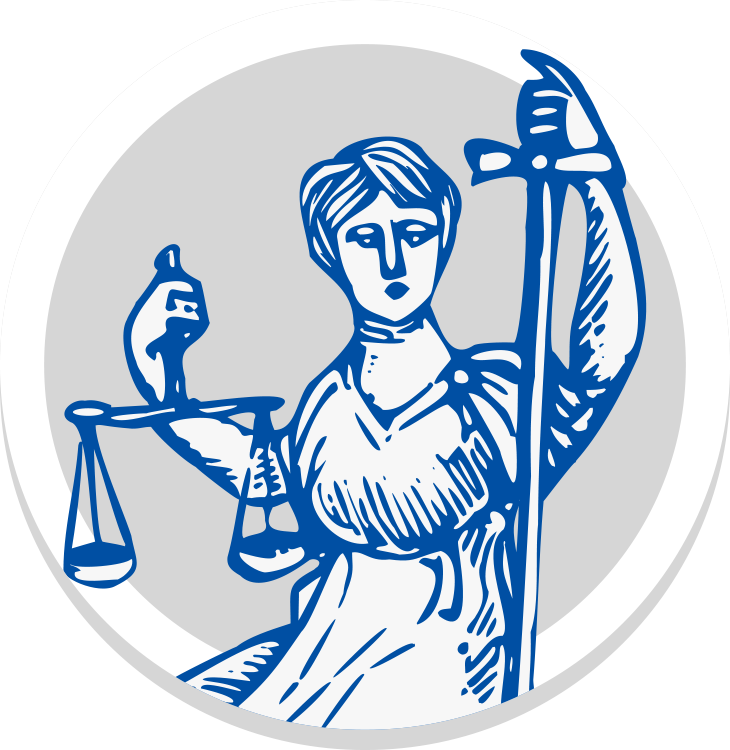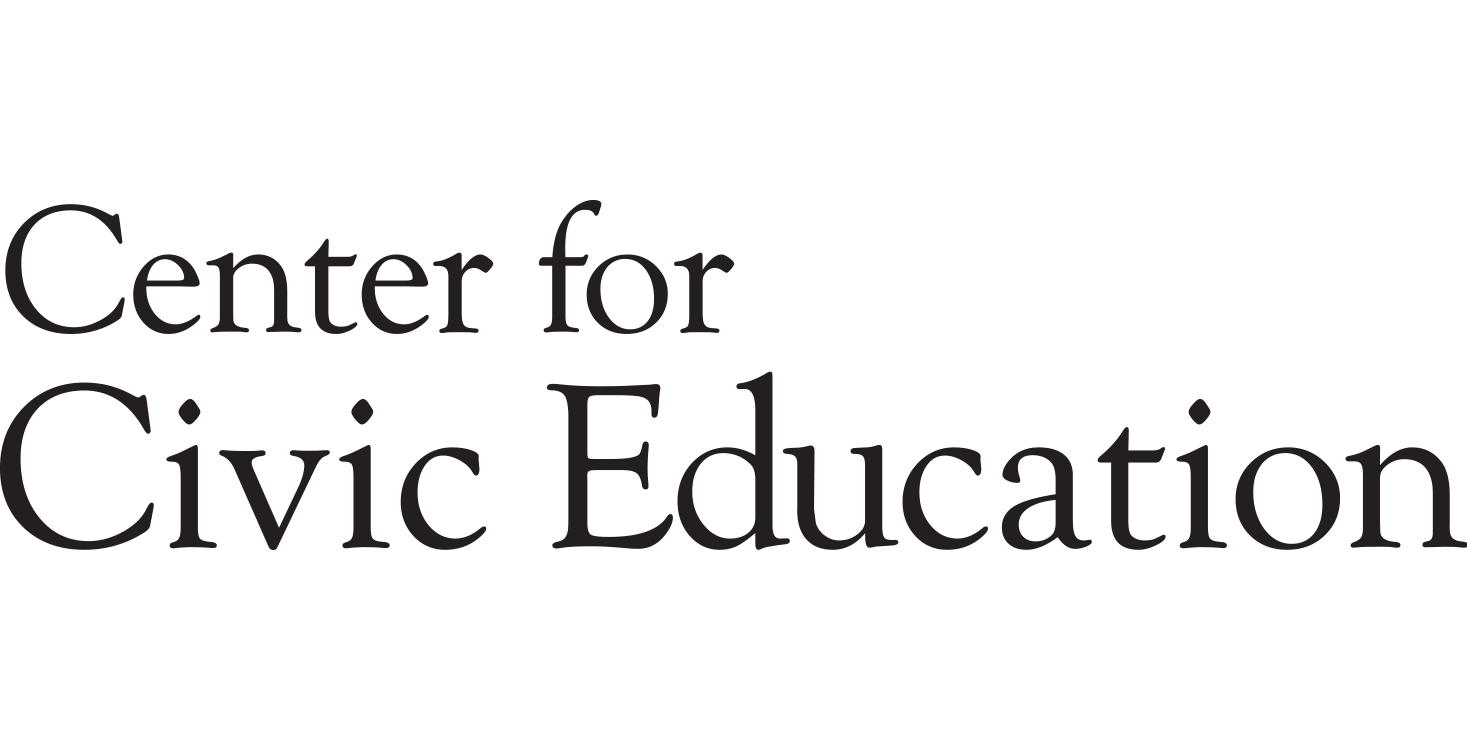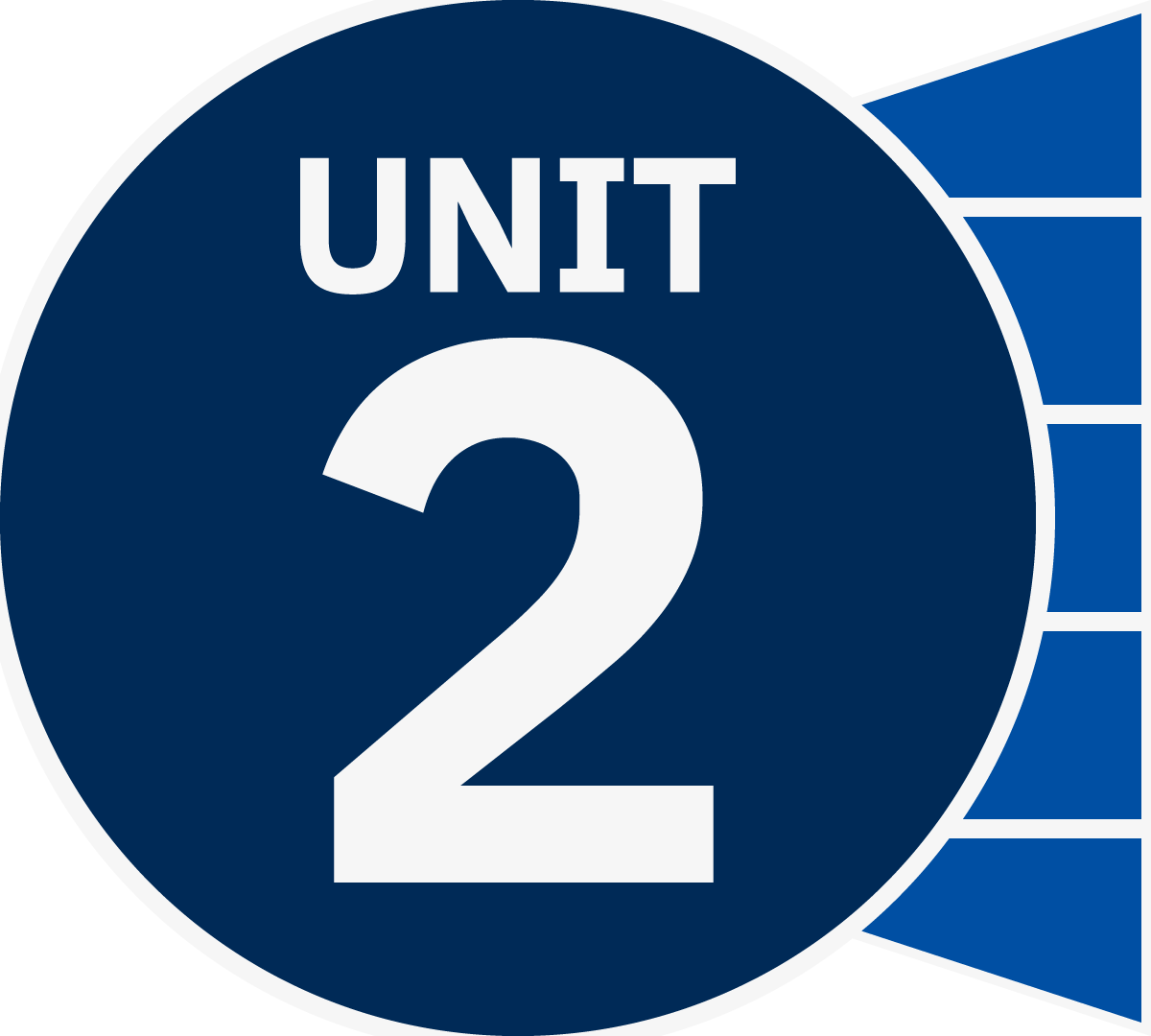Inquiry Companion: Unit 2
In Unit 2 of the We the People: The Citizen & the Constitution textbook, students track how the weakness of the Articles of Confederation ultimately led the Framers to draft the Constitution. Students are introduced to the arguments for and against ratification by the Federalists and Anti-Federalists.
How is the Inquiry Companion Structured?
Unit 2 challenges students to investigate the foundations of federalism. Our Inquiry Companion Guide activities for Unit 2 facilitate student participation in inquiry-based civics learning for each strategy:
Students engage by discussing the position of the convention delegates and explore the difficult history behind the Three-Fifths Compromise. They will explain the historical roots and modern-day complications of the Electoral College. Students then elaborate on the need for compromise in government via a simulation activity. Finally, students will evaluate their new knowledge of the rule of law by crafting their own classroom norms.
Best practices for culturally responsive teaching weave through each activity.
Inquiry Guide Activity
Pique students' interest and get them personally involved in the lesson by accessing prior knowledge and generating interest. Engage students’ curiosity in the compelling question.
In this lesson, students will investigate the delegates responsible for framing the U.S. Constitution. Students will examine how the life experiences, background, and perspectives of the Framers had an impact on the Philadelphia Convention and the crafting of the Constitution.
Utilize this Engage strategy activity to enhance students’ understanding of the We the People: The Citizen & the Constitution textbook for Level 3, Unit 2, Lesson 9, or Level 2, Unit 3, Lesson 12.
We the People: The Citizen & the Constitution (Level 3)
- Unit 2, Lesson 9: How Was the Philadelphia Convention Organized?
- Unit 3, Lesson 12: Who Attended the Philadelphia Convention? How Was It Organized?
- Active learning
- Attentiveness to political matters
- Collaboration
- Incorporating evidence
- Listening
- Relationship skills
- Examine how the life experiences of the Framers impacted the creation of the U.S. Constitution
- Analyze the similarities and differences among the Framers
- Use the Exit Ticket to answer the compelling question
- In what ways did the life experiences of the Framers influence their contributions to the Constitutional Convention?
- delegate A person sent or authorized to represent others, particularly an elected representative sent to a conference.
- Framer A drafter of legislation; when capitalized: one of the drafters of the U.S. Constitution and especially of the articles and the Bill of Rights.
Fifty-five delegates from 12 states attended the Constitutional Convention in Philadelphia in the summer of 1787. The original intent was to revise the Articles of Confederation, but once there, they decided to write a new constitution. These men are also known as the Framers of the Constitution. In this lesson, students will research one of these men, create a hat representing their beliefs, and share it with two other students to give them an understanding of the men who made the U.S. Constitution.
Additional resources for teacher background include the following:
Teachers should preview all student materials and resources before the lesson.
- Welcome students to social studies.
- Introduce the inquiry question: “In what ways did the life experiences of the Framers influence their contributions to the Constitutional Convention?”
- Allow students time to make a prediction about the inquiry question and offer their own supporting questions.
- Introduce the delegates to the Constitutional Convention by sharing the podcast Introduction to the Framers of the Constitution.
- Tell students to listen for names they recognize as you play the podcast.
- Facilitate a brief class discussion by asking the following questions about the Framers:
- What types of jobs did the Framers hold?
- Do you think the Framers were religious?
- Did the Framers have prior experience in government affairs or the military?
- What type of education do you think the Framers had?
- What do you want to know about the Framers?
- Explain that the Framers came from different backgrounds and brought different life experiences to the Constitutional Convention.
- Tell students they will pick one of the Framers to research and create a hat that illustrates their assigned Framer’s contributions and ideologies.
- Distribute copies of Unit 2 Engage: Tricorn Hat.
- Allow each student to pick one of the Framers and begin listening to the respective podcast for the Framer they picked.
- Encourage students to explore their assigned Framer further using the textbook, class resources, or the internet.
- Encourage students to gather details about their Framer, including previous government experience, education, ideologies on government, and stance on slavery.
- Students should then prepare a hat that illustrates their Framer, including the following:
- Name of the Framer
- Five symbols that illustrate their most important characteristics
- Explanations of the symbols on the back of their hat
- Have students present their hats in groups of three. Alternatively, conduct a gallery walk, allowing students to observe and provide feedback to their classmates via sticky notes.
- Facilitate a brief class discussion by asking the following questions:
- What did the Framers have in common?
- How were they different?
- What surprised you most about your Framer?
- What do you still wonder about the Framers?
Students will illustrate mastery of the similarities and differences among the Framers by completing Unit 2: Engage Exit Ticket to answer our inquiry question: “In what ways did the life experiences of the Framers influence their contributions at the Constitutional Convention?”
Utilize hexagonal thinking strategy to encourage students to find classmates whose Framers share similar life experiences, backgrounds, and perspectives. Students will explain how the Framers are connected.














